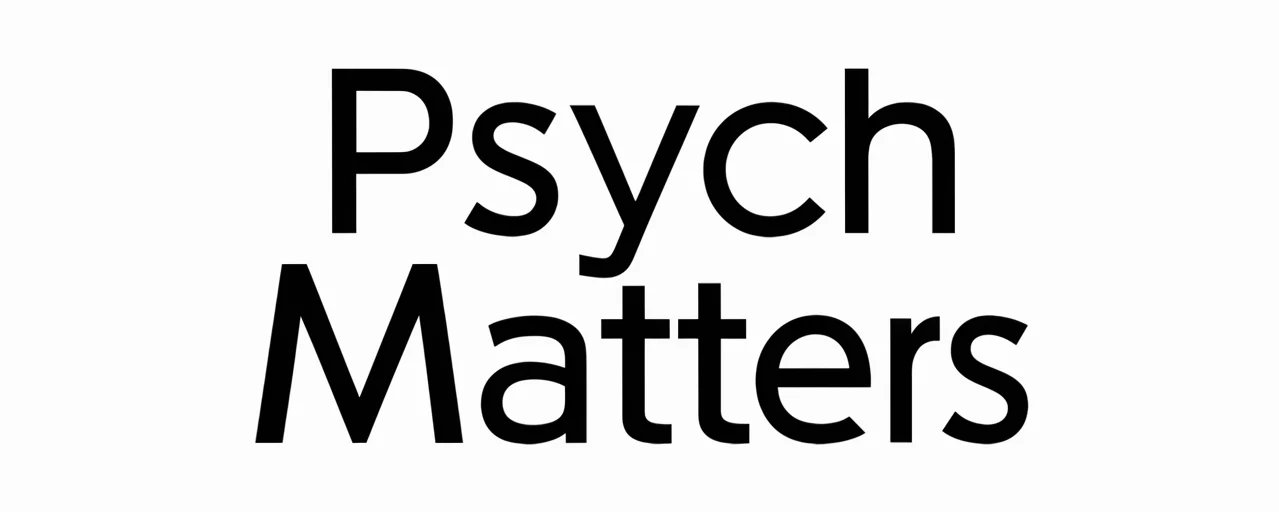Mind on Autopilot: Unlocking the Psychology of Habit Formation
Welcome to Your Automatic Brain
Much of human behavior operates beneath conscious awareness. From brushing your teeth in the morning to checking your phone notifications, many of these actions are not the result of active decision-making but rather ingrained, automatic responses to familiar cues. In behavioral psychology, habit formation is defined as the process through which repeated behaviors in stable contexts become automatic. This automaticity frees cognitive resources, allowing you to focus on more complex tasks.

Studies indicate that approximately 43% of daily actions are habitual, meaning they occur without deliberate thought. This highlights the brain’s remarkable efficiency but also explains why both positive and negative habits can be extremely persistent.
How Habits Take Root
The process of habit development often follows a pattern described by the habit loop: cue, routine, and reward. A cue triggers the behavior, the routine is the executed action, and the reward reinforces it. The neurotransmitter dopamine plays a central neurological role by linking the pleasurable or satisfying result to the preceding behavior, strengthening the neural pathways in the basal ganglia that drive the habit.

According to research on the stages of habit formation, this process begins with conscious intention but gradually transitions into subconscious behavior. Consistent repetition in a stable context strengthens cue-behavior links—whether these cues are time-based (e.g., after waking) or event-based (e.g., after finishing lunch).
- Stage 1: Decision and intention to act
- Stage 2: Repeated execution in a consistent context
- Stage 3: Emergence of automaticity
Research shows habit strength typically increases rapidly at first and then plateaus over time. While popular culture promotes the “21-day habit” notion, studies suggest the timeline can range from 18 days to six months, depending on habit complexity, repetition frequency, and environmental factors (Frontiers in Psychology).
Building Habits That Stick
Creating enduring habits requires deliberate design. Strategies grounded in behavioral psychology include:

- Stable Cues: Link a new behavior to existing routines (habit stacking) to enhance contextual triggers.
- Small Steps: Begin with simple, achievable actions to activate reinforcement early.
- Visual or Digital Tracking: Use habit tracking tools to maintain mindful awareness and commitment.
- Reward Consistency: Pair behaviors with intrinsic or extrinsic rewards to strengthen the habit loop’s reward system.
Neuroplasticity ensures that repeated actions physically reshape brain patterns, embedding routines into neural pathways. By harnessing consistent cues and rewards, habits transition from effortful discipline (willpower-driven) to subconscious enactment.
Overcoming Roadblocks and Breaking Bad Habits
Breaking an unwanted habit involves disrupting established cue-routine-reward loops. The psychology behind breaking bad habits emphasizes replacing—rather than removing—behaviors. By maintaining the original cue and reward but altering the routine, you maintain motivational reinforcement while rewiring neural patterns.

Other evidence-based habit-breaking strategies include:
- Mindful Awareness: Identifying triggers and moments of vulnerability to build impulse control.
- Environmental Design: Modifying surroundings to reduce exposure to cues that activate the unwanted behavior.
- Cognitive Behavioral Therapy (CBT): Employing structured interventions to alter stimulus-response patterns.
- Gradual Deconstruction: Weakening individual links in a behavioral chain to dismantle the habit.
Because habits rely on associative learning, abrupt cessation without addressing contextual cues often leads to relapse. Effective habit modification requires consistent disruption of old cue-response pathways while reinforcing new, desirable behaviors.
Habit Formation in Health and Daily Life
Health-related habit formation is a crucial area of application. Research shows that linking small, repetitive actions (such as taking medication immediately after breakfast) to reliable cues augments adherence to healthy routines (PMC Review). These automatic patterns reduce reliance on conscious motivation, making them more sustainable over time.

Key findings include:
- Missing an occasional repetition does not significantly hinder progress toward automaticity.
- Clear, simple behaviors adopt automatic properties faster than complex, multi-step actions.
- Interventions using habit frameworks improve public health outcomes, particularly in diet, exercise, and medication adherence (Meta-analysis).
In everyday contexts, habitual actions influence decision-making significantly. Even with intentions to change, people often revert to established patterns due to the powerful influence of persistent contextual cues (APA research).
Your Habit-Driven Future
Understanding the science of habit formation equips individuals to intentionally design their behaviors and environments for long-term benefit. Whether your goal is to cultivate healthier routines, improve productivity, or break counterproductive patterns, applying principles of automaticity, contextual cues, and reinforcement can transform short-term efforts into enduring lifestyle shifts.
By mastering the habit loop and recognizing the brain’s preference for efficiency, you can ensure that your “automatic brain” works in harmony with your aspirations rather than against them. In a world where nearly half of what we do is habitual, deliberately shaping those habits may be one of the most effective strategies for sustainable behavioral change.







